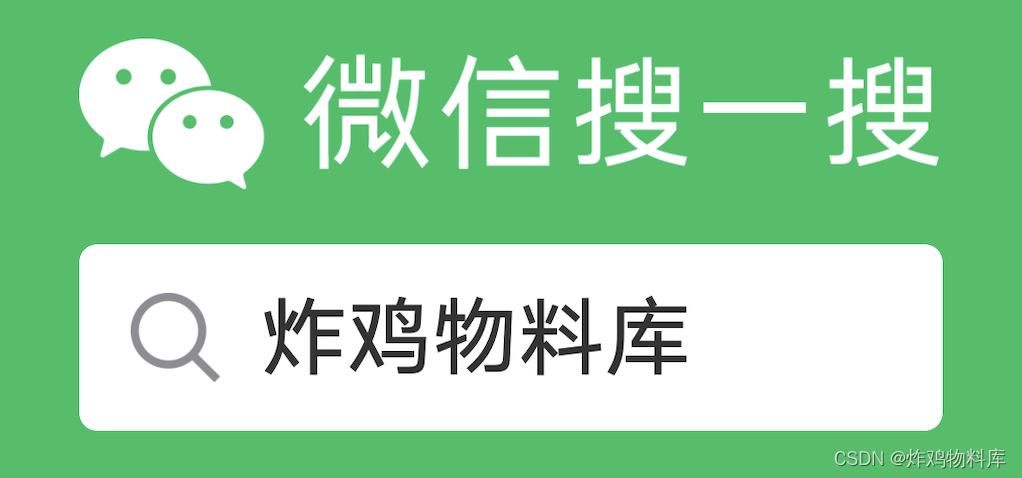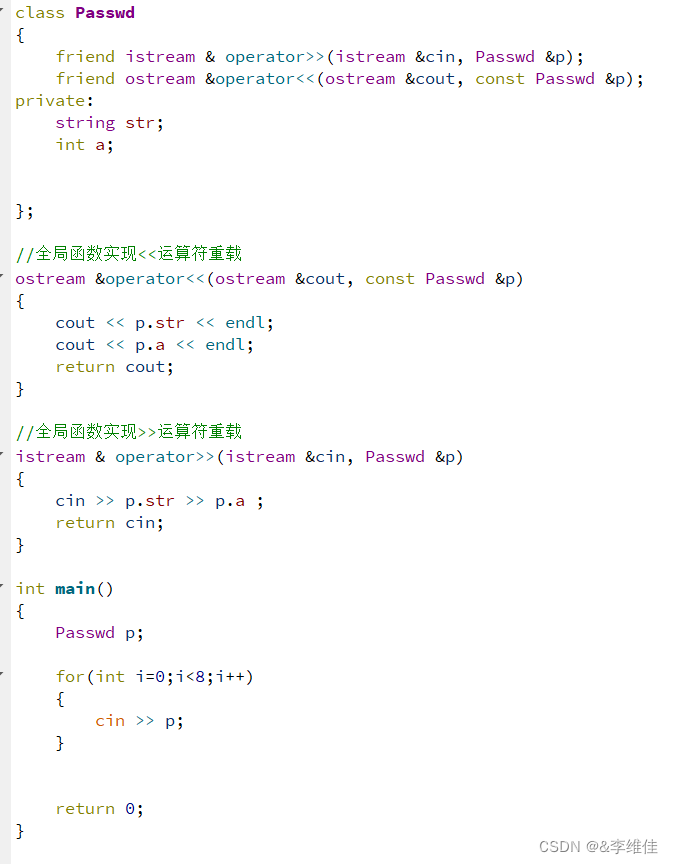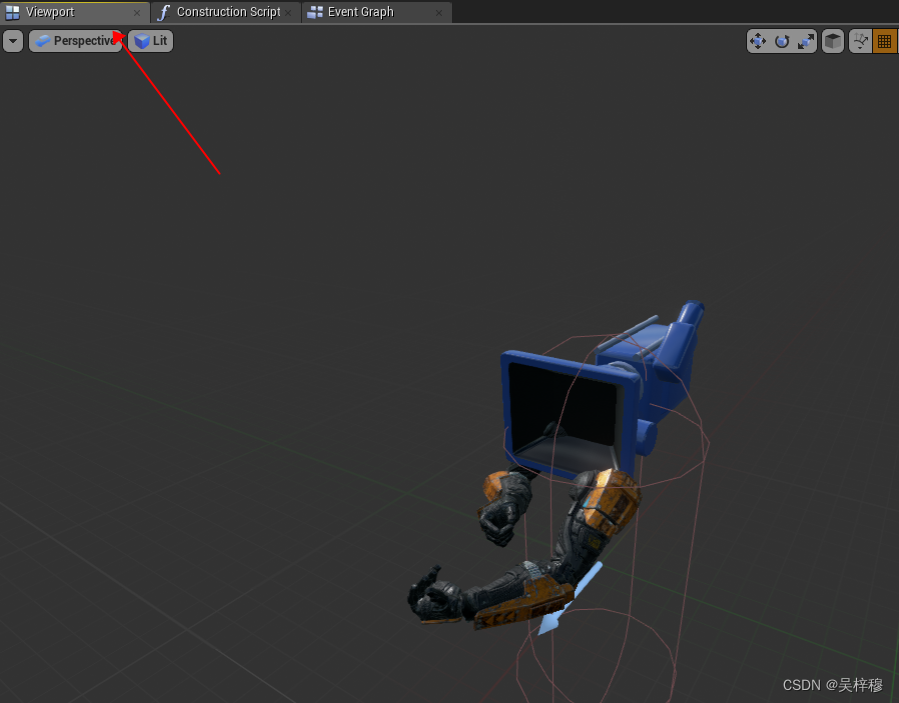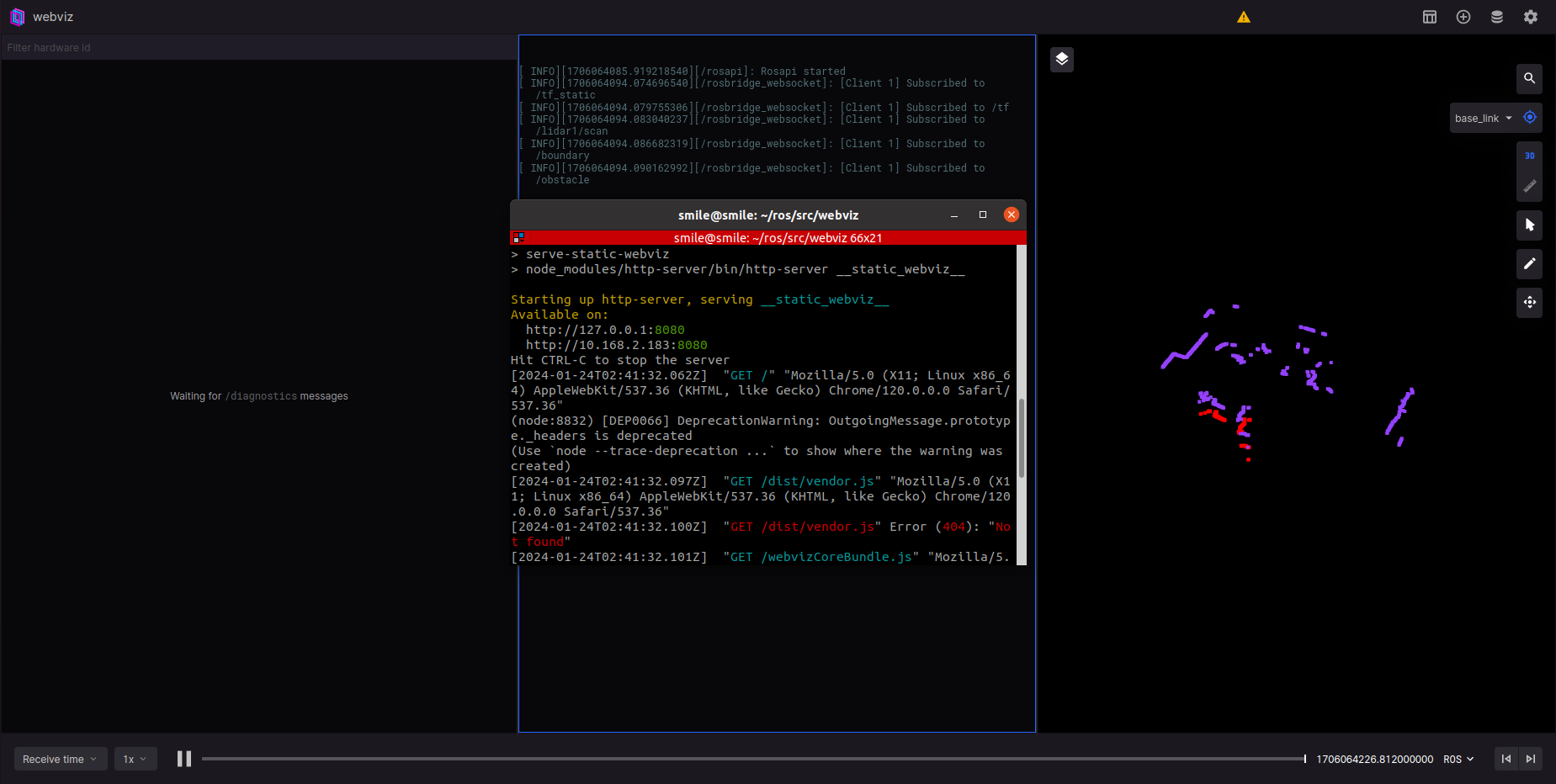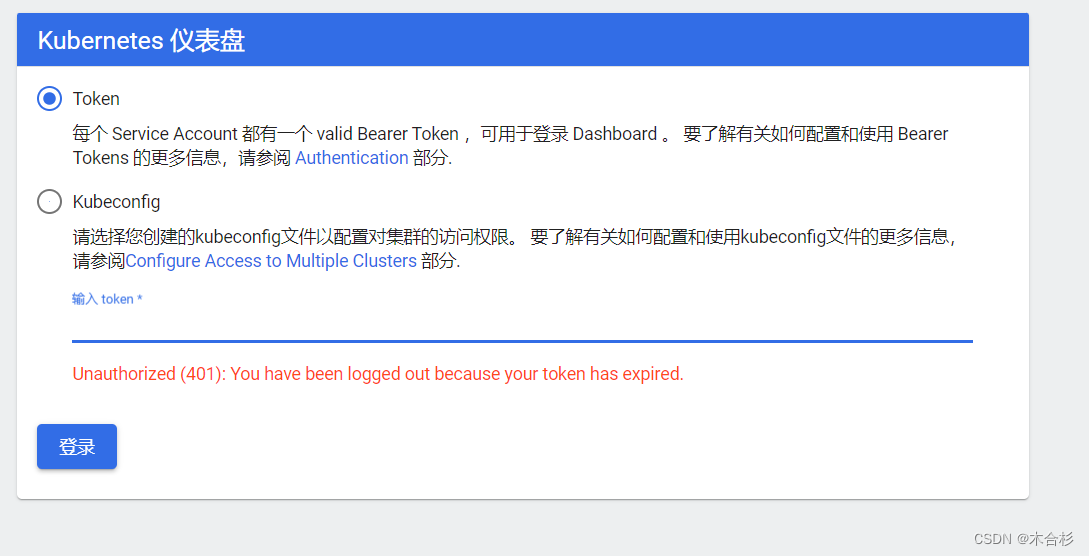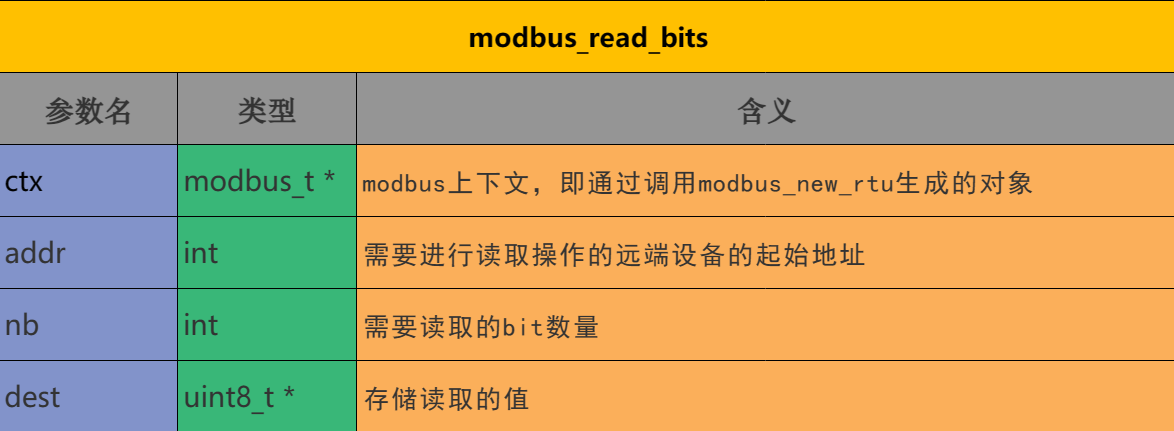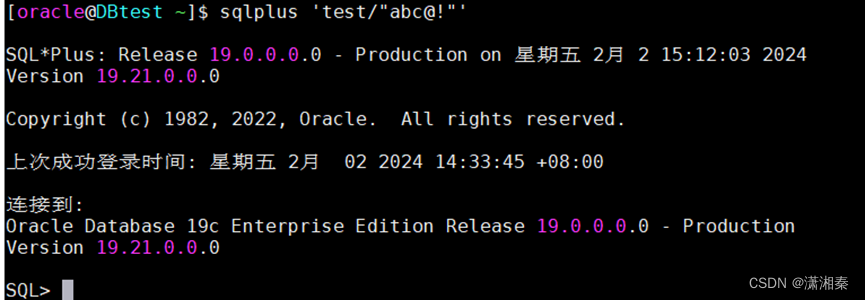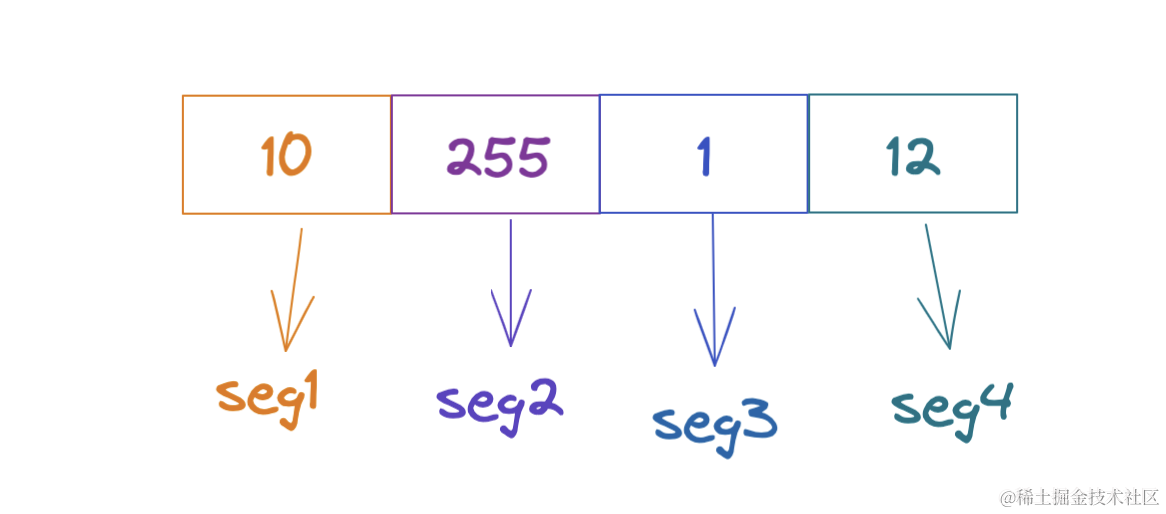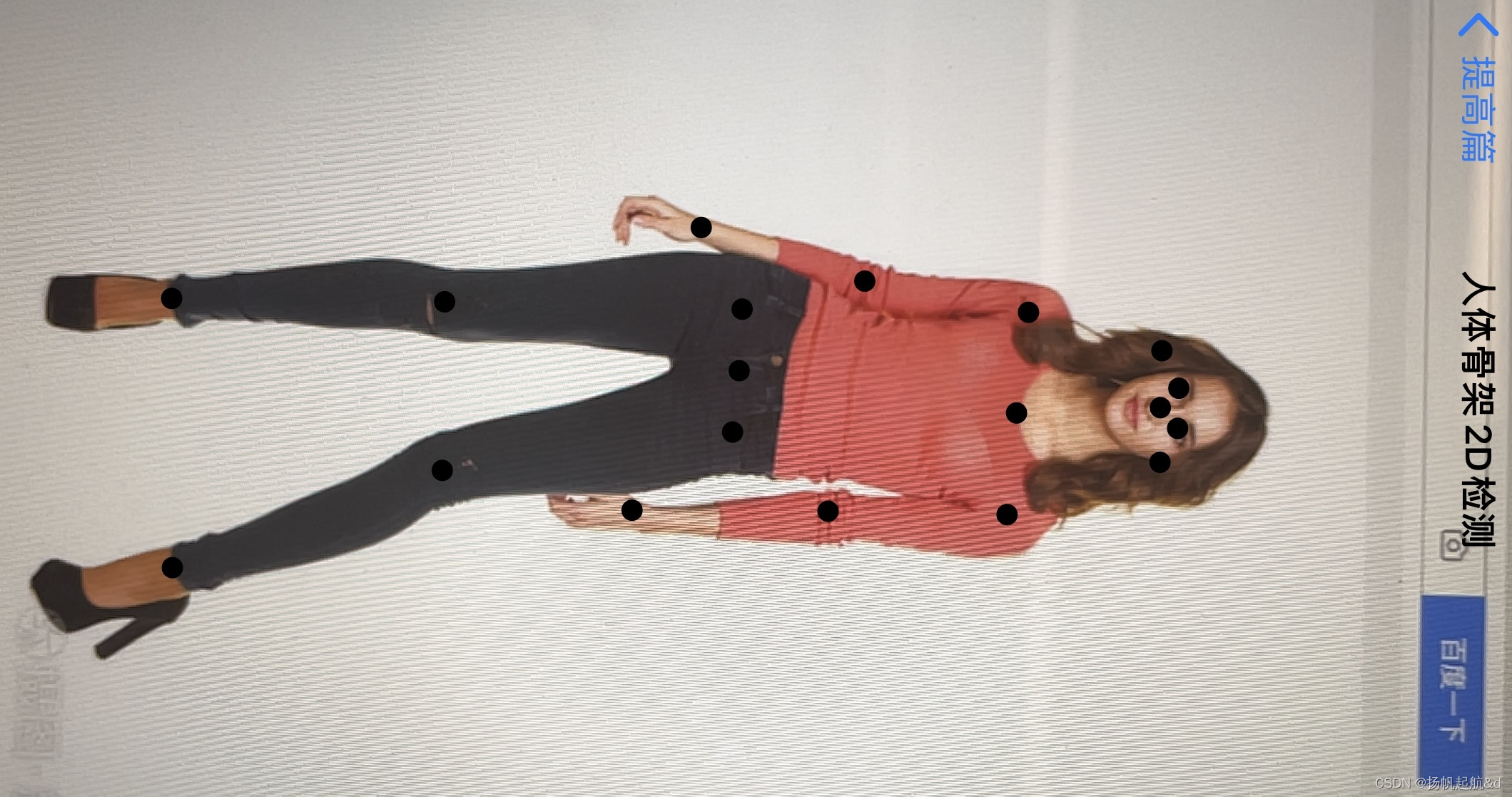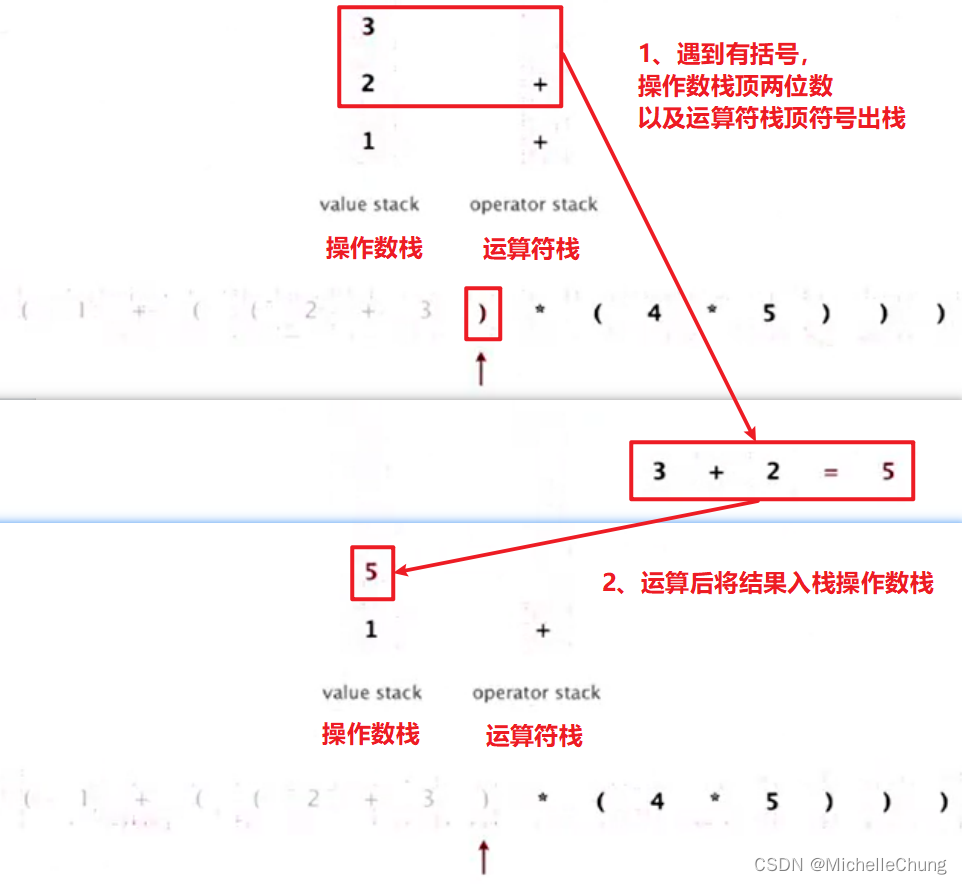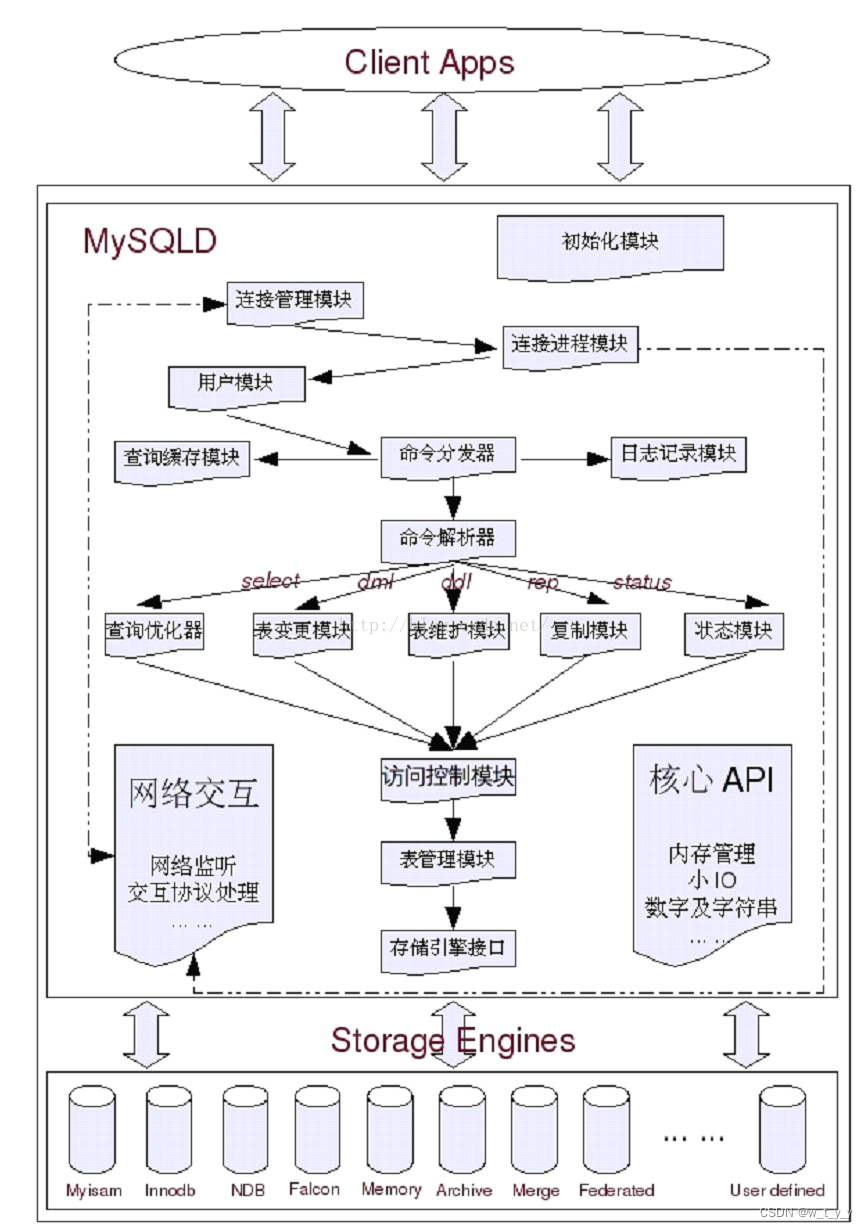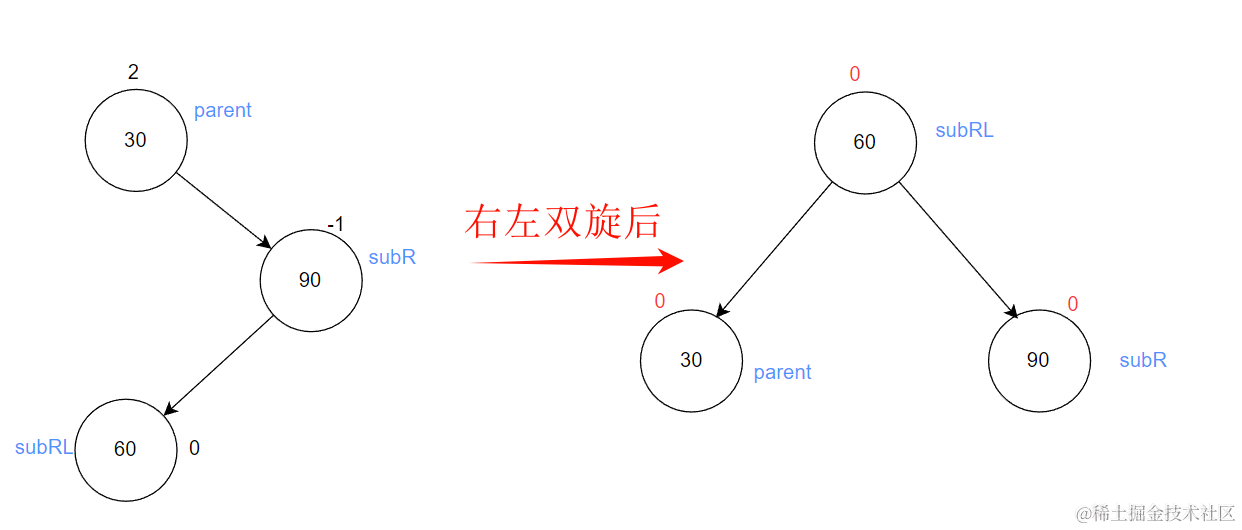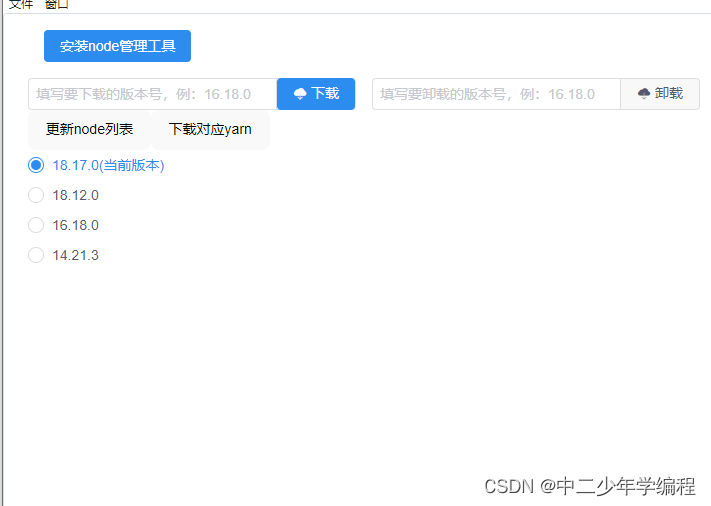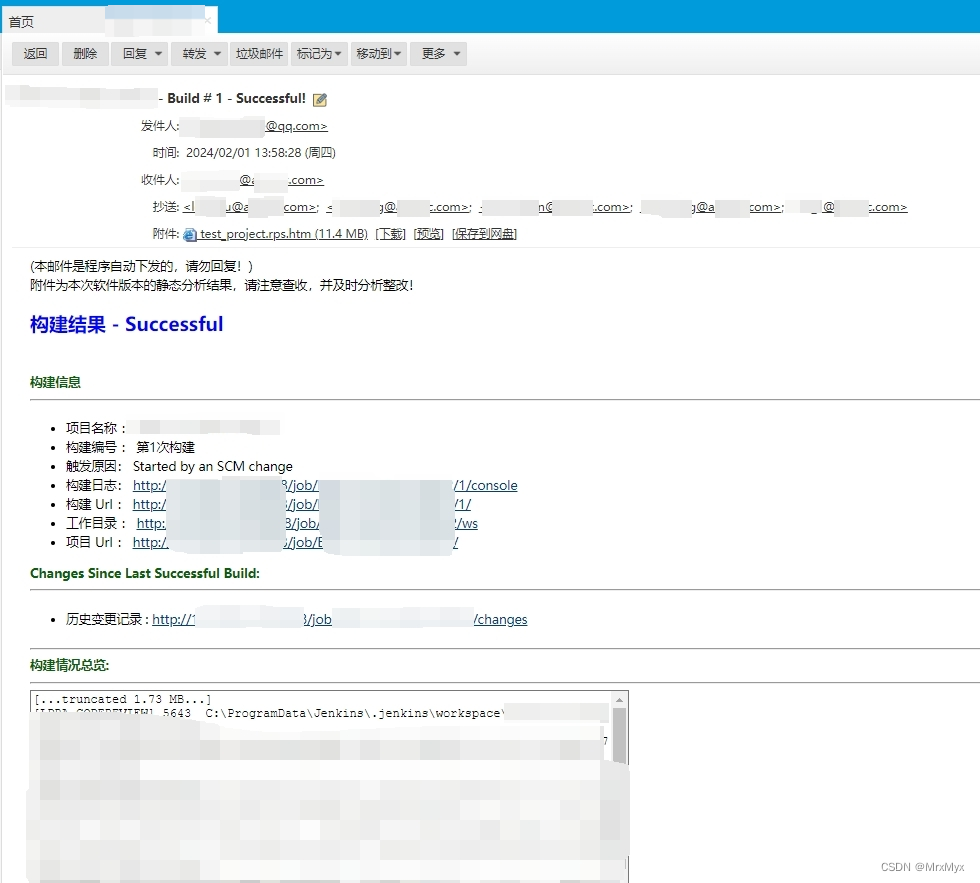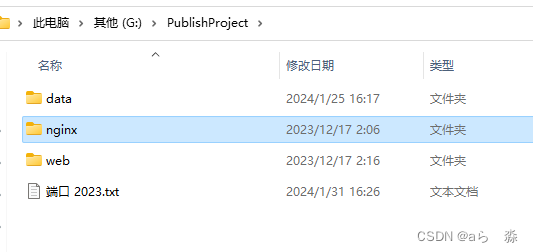
平台
测试平台:
- RK3288 + Android8.1
- RK3588 + Android 12
问题
首先, 这个问题的前提是, 使用的输入设备是**鼠标**, 普通的触摸屏并不会出现这个问题. 大致的流程是APP的UI布局中采用ScrollView作为根容器, 之后添加各类子控件, 在一起准备就绪后, 使用鼠标进行功能测试, 出现无法点击控件触发事件响应.
<ScrollView
xmlns:android="http://schemas.android.com/apk/res/android"
android:layout_width="match_parent"
android:layout_height="match_parent">
<LinearLayout
android:layout_width="match_parent"
android:layout_height="match_parent"
android:orientation="vertical">
<LinearLayout
style="@style/settingsItems">
<TextView style="@style/TV"
android:text="XXX"
android:layout_weight="1"
/>
<Button
android:layout_width="wrap_content"
android:layout_height="wrap_content"
android:text="BTN"/>
</LinearLayout>
<LinearLayout
style="@style/settingsItems">
<TextView style="@style/TV"
android:text="XXX"
android:layout_weight="1"
/>
<Button
android:layout_width="wrap_content"
android:layout_height="wrap_content"
android:text="BTN"/>
</LinearLayout>
<!--可以写多几个-->
</LinearLayout>
</ScrollView>
分析
最先从onInterceptTouchEvent函数入手, 各个层级的LOG大致分析, 由下往上发现控件BUTTON中根本没有捕获到MotionEvent, 那原因只可能是父控件自己捕获了而不下发. 兜兜转转最终来到了ScrollView.
通过重写onInterceptHoverEvent 判断是否时间已被捕获
@Override
public boolean onInterceptHoverEvent(MotionEvent event) {
boolean b = super.onInterceptHoverEvent(event);
Logger.d(TAG, "onInterceptHoverEvent " + b);
return b;
}
从输出的LOG可以看出来, 当使用鼠标的时候, TRUE 和 FALSE 均有可能出现(在后面排查是才发现这和控件处的位置有关), 当TRUE是, 说明事件由ScrollView处理了, 子控件自然就接收不到事件下发.
顺着onInterceptHoverEvent往上查:
-
frameworks/base/core/java/android/view/ViewGroup.java
public boolean onInterceptHoverEvent(MotionEvent event) { if (event.isFromSource(InputDevice.SOURCE_MOUSE)) { final int action = event.getAction(); final float x = event.getX(); final float y = event.getY(); if ((action == MotionEvent.ACTION_HOVER_MOVE || action == MotionEvent.ACTION_HOVER_ENTER) && isOnScrollbar(x, y)) { return true; } } return false; }从代码中可以看出, 基本的判断条件都是成立的, 鼠标输入 + MOVE/ENTER时间, 最后一个是isOnScrollbar, 顾名思义输入鼠标的位置在ScrollBar 上?
-
frameworks/base/core/java/android/view/View.java
boolean isOnScrollbar(float x, float y) { if (mScrollCache == null) { return false; } x += getScrollX(); y += getScrollY(); if (isVerticalScrollBarEnabled() && !isVerticalScrollBarHidden()) { final Rect touchBounds = mScrollCache.mScrollBarTouchBounds; getVerticalScrollBarBounds(null, touchBounds); if (touchBounds.contains((int) x, (int) y)) { return true; } } if (isHorizontalScrollBarEnabled()) { final Rect touchBounds = mScrollCache.mScrollBarTouchBounds; getHorizontalScrollBarBounds(null, touchBounds); if (touchBounds.contains((int) x, (int) y)) { return true; } } return false; } private void getVerticalScrollBarBounds(@Nullable Rect bounds, @Nullable Rect touchBounds) { if (mRoundScrollbarRenderer == null) { getStraightVerticalScrollBarBounds(bounds, touchBounds); } else { getRoundVerticalScrollBarBounds(bounds != null ? bounds : touchBounds); } } private void getStraightVerticalScrollBarBounds(@Nullable Rect drawBounds, @Nullable Rect touchBounds) { final Rect bounds = drawBounds != null ? drawBounds : touchBounds; if (bounds == null) { return; } final int inside = (mViewFlags & SCROLLBARS_OUTSIDE_MASK) == 0 ? ~0 : 0; final int size = getVerticalScrollbarWidth(); int verticalScrollbarPosition = mVerticalScrollbarPosition; if (verticalScrollbarPosition == SCROLLBAR_POSITION_DEFAULT) { verticalScrollbarPosition = isLayoutRtl() ? SCROLLBAR_POSITION_LEFT : SCROLLBAR_POSITION_RIGHT; } final int width = mRight - mLeft; final int height = mBottom - mTop; switch (verticalScrollbarPosition) { default: case SCROLLBAR_POSITION_RIGHT: bounds.left = mScrollX + width - size - (mUserPaddingRight & inside); break; case SCROLLBAR_POSITION_LEFT: bounds.left = mScrollX + (mUserPaddingLeft & inside); break; } bounds.top = mScrollY + (mPaddingTop & inside); bounds.right = bounds.left + size; bounds.bottom = mScrollY + height - (mUserPaddingBottom & inside); if (touchBounds == null) { return; } if (touchBounds != bounds) { touchBounds.set(bounds); } final int minTouchTarget = mScrollCache.scrollBarMinTouchTarget; if (touchBounds.width() < minTouchTarget) { final int adjust = (minTouchTarget - touchBounds.width()) / 2; if (verticalScrollbarPosition == SCROLLBAR_POSITION_RIGHT) { touchBounds.right = Math.min(touchBounds.right + adjust, mScrollX + width); touchBounds.left = touchBounds.right - minTouchTarget; } else { touchBounds.left = Math.max(touchBounds.left + adjust, mScrollX); touchBounds.right = touchBounds.left + minTouchTarget; } } if (touchBounds.height() < minTouchTarget) { final int adjust = (minTouchTarget - touchBounds.height()) / 2; touchBounds.top -= adjust; touchBounds.bottom = touchBounds.top + minTouchTarget; } } /** * <p>ScrollabilityCache holds various fields used by a View when scrolling * is supported. This avoids keeping too many unused fields in most * instances of View.</p> */ private static class ScrollabilityCache implements Runnable { /** * Scrollbars are not visible */ public static final int OFF = 0; /** * Scrollbars are visible */ public static final int ON = 1; /** * Scrollbars are fading away */ public static final int FADING = 2; public boolean fadeScrollBars; public int fadingEdgeLength; public int scrollBarDefaultDelayBeforeFade; public int scrollBarFadeDuration; public int scrollBarSize; public int scrollBarMinTouchTarget; public ScrollBarDrawable scrollBar; public float[] interpolatorValues; public View host; public final Paint paint; public final Matrix matrix; public Shader shader; public final Interpolator scrollBarInterpolator = new Interpolator(1, 2); private static final float[] OPAQUE = { 255 }; private static final float[] TRANSPARENT = { 0.0f }; /** * When fading should start. This time moves into the future every time * a new scroll happens. Measured based on SystemClock.uptimeMillis() */ public long fadeStartTime; /** * The current state of the scrollbars: ON, OFF, or FADING */ public int state = OFF; private int mLastColor; public final Rect mScrollBarBounds = new Rect(); public final Rect mScrollBarTouchBounds = new Rect(); public static final int NOT_DRAGGING = 0; public static final int DRAGGING_VERTICAL_SCROLL_BAR = 1; public static final int DRAGGING_HORIZONTAL_SCROLL_BAR = 2; public int mScrollBarDraggingState = NOT_DRAGGING; public float mScrollBarDraggingPos = 0; public ScrollabilityCache(ViewConfiguration configuration, View host) { fadingEdgeLength = configuration.getScaledFadingEdgeLength(); scrollBarSize = configuration.getScaledScrollBarSize(); scrollBarMinTouchTarget = configuration.getScaledMinScrollbarTouchTarget(); scrollBarDefaultDelayBeforeFade = ViewConfiguration.getScrollDefaultDelay(); scrollBarFadeDuration = ViewConfiguration.getScrollBarFadeDuration(); paint = new Paint(); matrix = new Matrix(); // use use a height of 1, and then wack the matrix each time we // actually use it. shader = new LinearGradient(0, 0, 0, 1, 0xFF000000, 0, Shader.TileMode.CLAMP); paint.setShader(shader); paint.setXfermode(new PorterDuffXfermode(PorterDuff.Mode.DST_OUT)); this.host = host; } public void setFadeColor(int color) { if (color != mLastColor) { mLastColor = color; if (color != 0) { shader = new LinearGradient(0, 0, 0, 1, color | 0xFF000000, color & 0x00FFFFFF, Shader.TileMode.CLAMP); paint.setShader(shader); // Restore the default transfer mode (src_over) paint.setXfermode(null); } else { shader = new LinearGradient(0, 0, 0, 1, 0xFF000000, 0, Shader.TileMode.CLAMP); paint.setShader(shader); paint.setXfermode(new PorterDuffXfermode(PorterDuff.Mode.DST_OUT)); } } } public void run() { long now = AnimationUtils.currentAnimationTimeMillis(); if (now >= fadeStartTime) { // the animation fades the scrollbars out by changing // the opacity (alpha) from fully opaque to fully // transparent int nextFrame = (int) now; int framesCount = 0; Interpolator interpolator = scrollBarInterpolator; // Start opaque interpolator.setKeyFrame(framesCount++, nextFrame, OPAQUE); // End transparent nextFrame += scrollBarFadeDuration; interpolator.setKeyFrame(framesCount, nextFrame, TRANSPARENT); state = FADING; // Kick off the fade animation host.invalidate(true); } } }
View中的代码有点多, 简单的来说, 就是isOnScrollbar 这个函数通过获取ScrollBar的位置大小信息判断输入的事件是否处于其捕获的范围.
通过反射调用getVerticalScrollBarBounds并输出读取的信息: touchRect=[1464,0][1512,674], 基本可以判定是滚动条的位置.
Rect touchRect = new Rect();
getVerticalScrollBarBoundsRe(null, touchRect);
Logger.d(TAG, "touchRect=" + touchRect.toShortString());
void getVerticalScrollBarBoundsRe(Rect r, Rect r2){
try {
@SuppressLint("SoonBlockedPrivateApi")
Method getVerticalScrollBarBounds = View.class.getDeclaredMethod("getVerticalScrollBarBounds", Rect.class, Rect.class);
getVerticalScrollBarBounds.setAccessible(true);
getVerticalScrollBarBounds.invoke(this, r, r2);
} catch (NoSuchMethodException e) {
e.printStackTrace();
} catch (InvocationTargetException e) {
e.printStackTrace();
} catch (IllegalAccessException e) {
e.printStackTrace();
}
}
计算宽度1512 - 1464 = 48, 这个宽度默认在系统中又定义, 如果是自定义的ScrollBar则大小不一定是48, 根据configuration.getScaledMinScrollbarTouchTarget();查到源码的定义如下:
-
frameworks/base/core/java/android/view/ViewConfiguration.java
private static final int MIN_SCROLLBAR_TOUCH_TARGET = 48; /** * @return the minimum size of the scrollbar thumb's touch target in pixels * @hide */ public int getScaledMinScrollbarTouchTarget() { return mMinScrollbarTouchTarget; }
问题的根源如下图所示, 红色滚动条的宽度为48:

PS: 上图中的滚动条默认情况下并没有显示出来.
解决方法
- 修改XML中ScrollView的属性
android:scrollbars="none” - 避免需要输入的控件显示在ScrollBar的下方, 考虑给子控件加个padding或margin
- 自定义ScrollView, 优化
onInterceptHoverEvent函数
